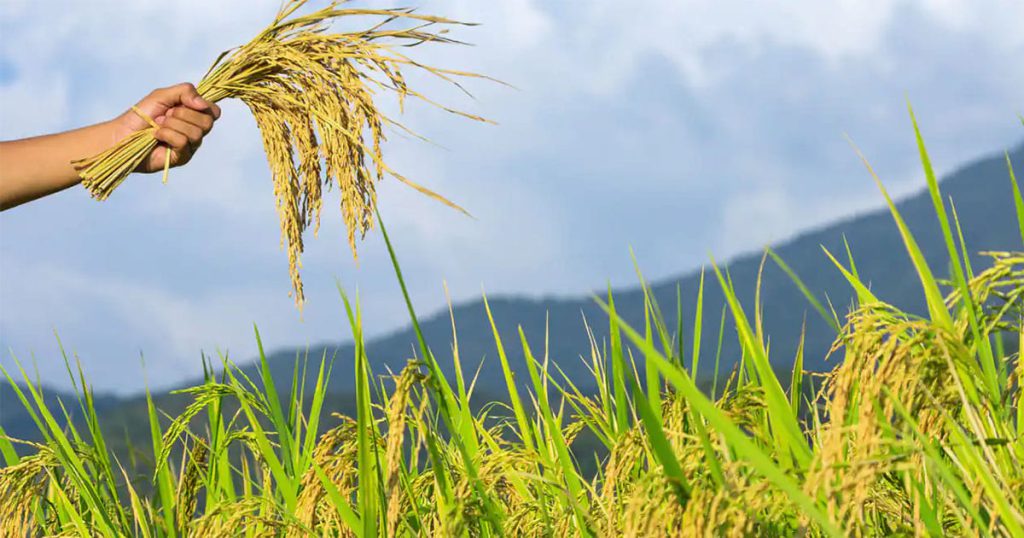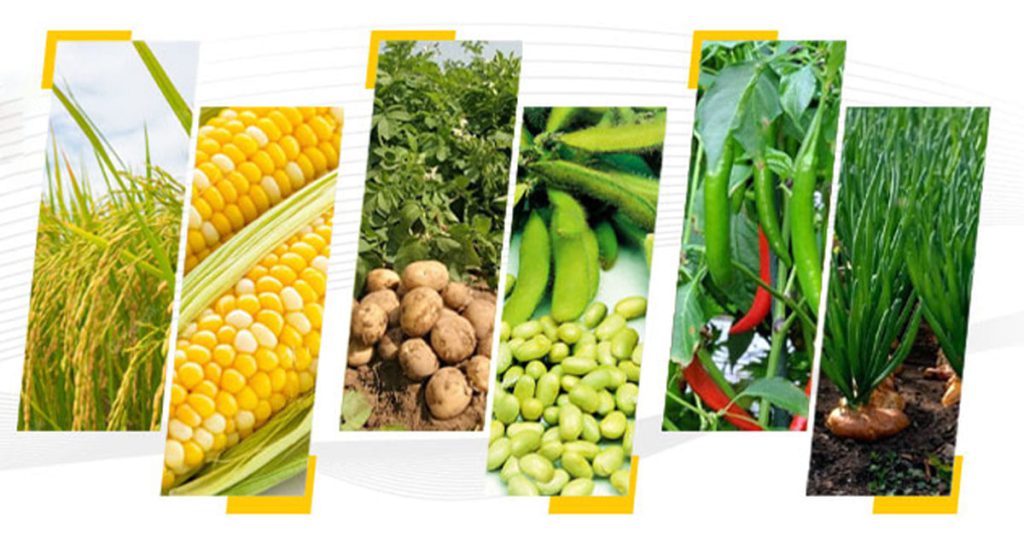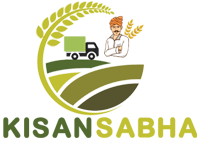Crop insurance is an essential financial safeguard for agricultural producers. It shields farmers from losses caused by unexpected events like extreme weather conditions, illnesses, and market fluctuations. However, standard insurance packages often fail to meet the unique needs of urban fresh food producers.
First, traditional agricultural practices and urban agriculture present different risk factors. Modern producers differ from traditional farmers in that they often operate in smaller, more controlled environments. Use innovative planting techniques to grow special crops with high value and face different environmental and regulatory challenges.
Also relative farming technologies like vertical farming technology, Hydroponic systems, rooftop gardens, and controlled environment farming. Currently, what is required is an insurance product that is designed to fit the operational model and characteristics of such businesses.
Therefore, insurance that meets their circumstances has to be developed to meet the needs of innovators within the urban regions. This guide focuses on the identification of specialized crop insurance solutions suited for use by these progressive agriculture business managers.
What is Crop Insurance?
Crop insurance is an important field that provides farmers with an insurance shield against any mishap. However, standard insurance packages were considered not always meeting the requirements of urban fresh food producers. Consequently, these modern farmers require specialized coverage that aligns with their unique growing methods and operational challenges.

Types of Crop Insurance
Traditionally, crop insurance has been divided into two primary categories:
- Yield-Based Insurance:- Protects against production losses and compensates based on historical crop yield data. This type is suitable for traditional farm operations.
- Revenue-Based Insurance:- Covers potential income drops by considering both production and market price variations. This is more flexible for producers with diverse income streams.
Unique Challenges for Urban and Innovative Producers
Urban agriculture presents distinctive risk factors that demand specialized insurance approaches. Unlike traditional farming, urban producers often:
- Operate in smaller, more controlled environments.
- Use innovative growing techniques.
- Have higher-value, specialized crop varieties
- Face different environmental and regulatory challenges.
Moreover, emerging agricultural models like vertical farming, hydroponic systems, rooftop gardens, and controlled environment agriculture require insurance products that understand their unique operational dynamics.
Also Read:- Smart Ways to Reuse and Refresh Your Old Soil
Specialized Insurance Options for Modern Producers
- Greenhouse and Controlled Environment Coverage:- Controlled environment producers need insurance that recognizes their unique infrastructure investments, including equipment breakdown protection, climate control system failures, specialized crop loss coverage, and infrastructure damage protection.
- Urban Farming Micro-Insurance:- Recognizing that traditional policies often overlook small-scale urban producers, some insurers now offer flexible, low-cost packages with customizable coverage options, per-square-foot protection models, and short-term policy arrangements.
- Technology-Driven Insurance Solutions:- Advances in technology are changing the crop insurance landscape. Including satellite imaging for accurate risk assessment. Inspecting crops using drones Real-time environment monitoring and enabling blockchain in various ways, such as transparent betting processing.
- Data-Driven Risk Assessment:- Modern insurance companies benefit from advanced predictive modeling. Machine learning algorithms Comprehensive environmental data analysis and accurate understanding of micro-climate conditions. To provide more accurate and appropriate coverage.

Financial Considerations for Urban Producers
Insurance costs can make or break a farmer’s budget. Moreover, smart farmers know how to save money on crop protection. First, always check multiple insurance companies to find the best deal. Additionally, read every detail of the insurance policy carefully – don’t miss the small print!
Importantly, talk to insurance agents about flexible payment plans. Some companies offer monthly or seasonal payment options that can help farmers manage their cash flow. Furthermore, look into government support programs that might help reduce insurance expenses.
By being careful and strategic, farmers can find insurance that protects their crops without breaking the bank.
Risk Mitigation Techniques
Furthermore, urban and innovative producers can take several steps to lower their insurance costs and protect their agricultural investments, such as:
- Creating clear, simple safety rules and following every safety step carefully.
- Installing affordable tracking devices, monitoring crops using simple sensors, and using smartphone apps for quick checks.
- Documenting everything about their crops, saving all growth and health reports, and tracking daily weather and plant conditions.
- Connecting with local farming groups, attending free risk management workshops, and sharing knowledge about protecting crops
Emerging Insurance Products
The market continually evolves to support innovative agricultural models. Recent developments include micro-policy options for small-scale producers, customized coverage for experimental crops, integrated technology-based risk assessment, and flexible policy structures.
Navigating Insurance Claims
Successful insurance claims require detailed record-keeping, prompt damage reporting, comprehensive documentation, and clear communication with insurers. Effective documentation involves maintaining precise growing records, photographing crop conditions, tracking environmental factors, and recording all production metrics.
Government and Private Sector Support
Both government agencies and private insurers are developing more inclusive crop insurance models to support agricultural innovation, provide financial security, encourage sustainable farming practices, and recognize diverse production methods.
In conclusion,
urban and innovative producers should:
- Conduct comprehensive risk assessments.
- Understand their specific insurance needs.
- Research specialized coverage options
- Maintain detailed production records.
- Stay informed about emerging insurance products.
The future of agriculture depends on flexible and innovative approaches to risk management. Informed producers who actively look for comprehensive insurance options will be best positioned to thrive in the evolving agricultural environment.




